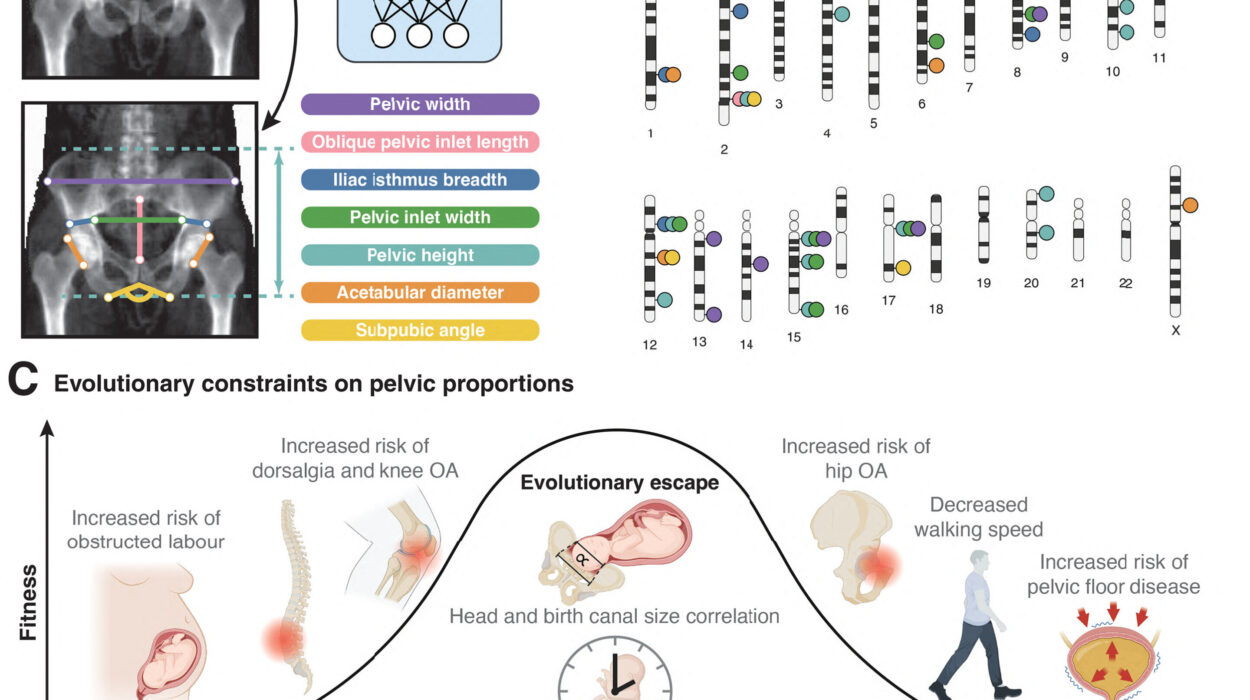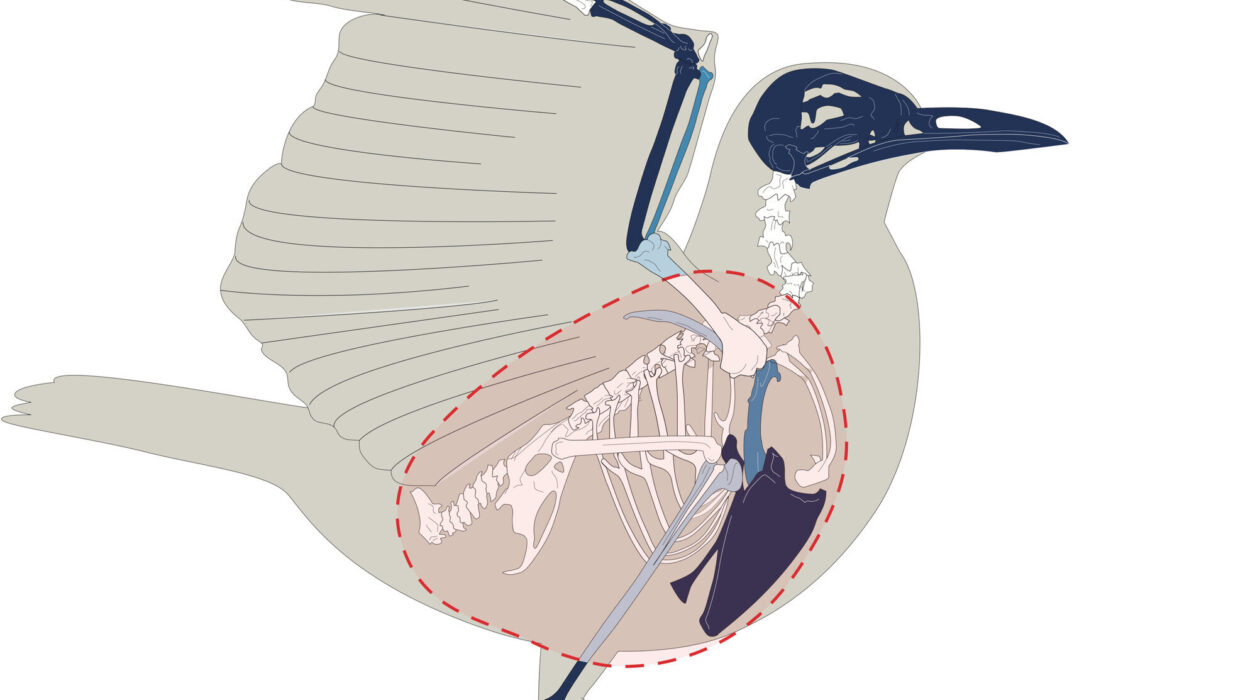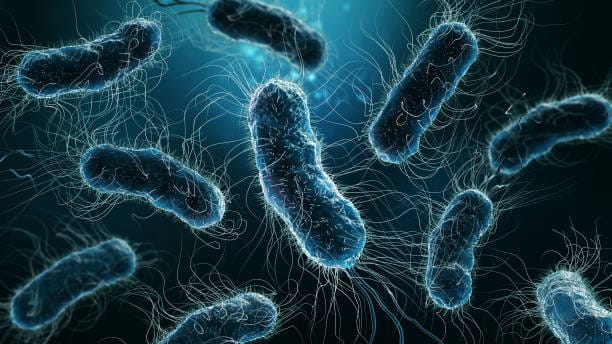For nearly 40,000 years, a young woolly mammoth lay locked beneath the Siberian permafrost, its final moments sealed in ice. Its body was preserved so completely that its muscles, once warm and working, froze into stillness. Generations of snow buried it. Ages passed. Civilizations rose and fell. Yet inside that ancient tissue, something unexpected endured. Not just the mammoth’s shape or its DNA, but the fleeting molecular whispers of its living cells.
Those whispers—RNA molecules—have now been heard for the first time.
In a breakthrough that rewrites what scientists believed possible, researchers from Stockholm University have successfully isolated and sequenced RNA from Ice Age mammoths. These are the oldest RNA sequences ever recovered, preserved against all odds in the frozen quiet of deep time. Their survival offers something scientists never thought they would see: a record of which genes were switched on during the animal’s final hours of life.
The Moment the Impossible Became Real
The discovery began with a question that had hovered over paleogenetics for years: If DNA can survive for tens of thousands of years, what about RNA? DNA preserves the genetic blueprint, but RNA reveals something more intimate—what the organism was doing at the very end. To many scientists, though, even asking the question felt like a dead end. RNA is fragile, quick to decay, and believed to vanish just hours after death.
That assumption has now been overturned.
“With RNA, we can obtain direct evidence of which genes are ‘turned on,’ offering a glimpse into the final moments of life of a mammoth that walked the Earth during the last Ice Age. This is information that cannot be obtained from DNA alone,” says Emilio Mármol, lead author of the study.
During his time at Stockholm University, Mármol joined forces with researchers at SciLifeLab and the Center for Palaeogenetics. Together, they turned to the Siberian permafrost, where frozen mammoth remains often emerge in astonishing condition. Among them was Yuka, a juvenile mammoth whose body was so well preserved that researchers dared to hope her tissues might still hold molecular traces of life.
“We gained access to exceptionally well-preserved mammoth tissues unearthed from the Siberian permafrost, which we hoped would still contain RNA molecules frozen in time,” adds Mármol.
Following the Threads of Life
Once the sequencing began, the results arrived with a shock: Yuka’s ancient tissues still held RNA molecules from more than twenty thousand protein-coding genes. Not all of the genes were active, but enough remained to sketch a portrait of her biology.
“We have previously pushed the limits of DNA recovery past a million years. Now, we wanted to explore whether we could expand RNA sequencing further back in time than done in previous studies,” says Love Dalén, professor of Evolutionary Genomics at Stockholm University and the Center for Palaeogenetics.
In those sequences, researchers discovered patterns unique to muscle tissue—genes involved in contraction, in metabolism, in stress responses. They could see traces of the conditions Yuka endured near the end.
“We found signs of cell stress, which is perhaps not surprising since previous research suggested that Yuka was attacked by cave lions shortly before his death,” says Mármol.
For the first time, scientists were not just reading the mammoth’s genome; they were reading the physical response of its cells to trauma in its final hours.
The discovery did not stop there.
The Hidden Regulators of an Ancient Creature
Among the most surprising findings were RNA molecules that do not encode proteins at all, but regulate gene activity. These molecules—microRNAs—offered a window into ancient cellular processes that had never before been visible.
“RNAs that do not encode for proteins, such as microRNAs, were among the most exciting findings we got,” says Marc Friedländer, associate professor at Stockholm University and SciLifeLab.
“The muscle-specific microRNAs we found in mammoth tissues are direct evidence of gene regulation happening in real time in ancient times. It is the first time something like this has been achieved,” he says.
These microRNAs also served as a kind of molecular fingerprint. Some carried rare mutations unique to mammoths, confirming beyond doubt that the sequences truly belonged to the extinct species.
“We found rare mutations in certain microRNAs that provided a smoking-gun demonstration of their mammoth origin. We even detected novel genes solely based on RNA evidence, something never before attempted in such ancient remains,” notes Bastian Fromm of the Arctic University Museum of Norway.
Yuka’s tissues were not just relics—they were archives of living biology, preserved far beyond the lifespan of anyone’s expectations.
What This Means for the Past—and the Future
The implications are enormous.
“Our results demonstrate that RNA molecules can survive much longer than previously thought. This means that we will not only be able to study which genes are ‘turned on’ in different extinct animals, but it will also be possible to sequence RNA viruses, such as influenza and coronaviruses, preserved in Ice Age remains,” says Dalén.
If RNA can endure for tens of thousands of years, then the ancient world is not as silent as scientists believed. Its molecular messengers remain intact, waiting for modern technology to listen.
The research team hopes to combine ancient RNA with DNA, proteins, and other preserved molecules to build unprecedented portraits of long-extinct species. Such multi-layered studies could uncover how these animals lived, how their bodies functioned, how they responded to injury or stress, and how they evolved.
“Such studies could fundamentally reshape our understanding of extinct megafauna as well as other species, revealing the many hidden layers of biology that have remained frozen in time until now,” concludes Mármol.
Why This Discovery Matters
This research matters because it shifts the boundaries of what we can learn about the past. For centuries, ancient remains have offered only partial stories: bones, tusks, fragments of DNA. Now, for the first time, scientists can study the active genetic processes of creatures that lived during the Ice Age. They can peer into the workings of cells that shut down tens of thousands of years ago and witness their final molecular signals.
The survival of RNA from Yuka, the young mammoth, means something profound. It means the past is not dead. It is not silent. It is speaking—softly, but clearly—through the molecules that once animated living beings. And with every new technique, every new discovery, we are learning to listen more closely than ever before.
More information: Ancient RNA expression profiles from the extinct woolly mammoth, Cell (2025). DOI: 10.1016/j.cell.2025.10.025. www.cell.com/cell/fulltext/S0092-8674(25)01231-0






